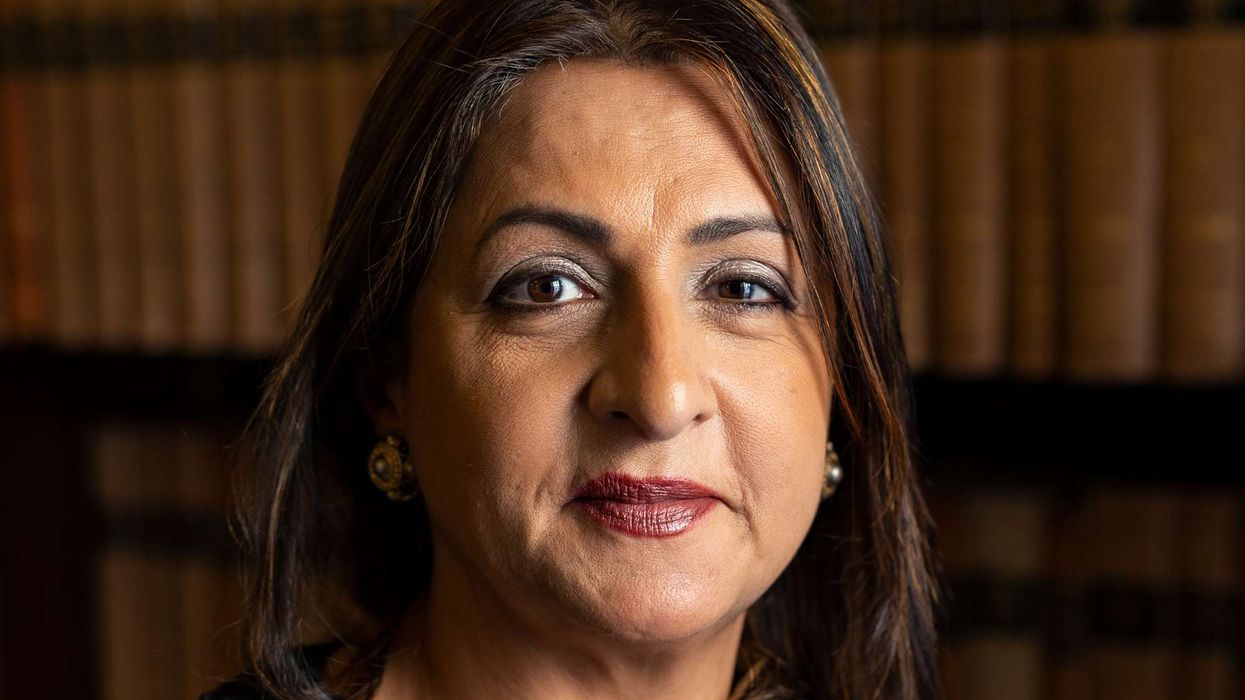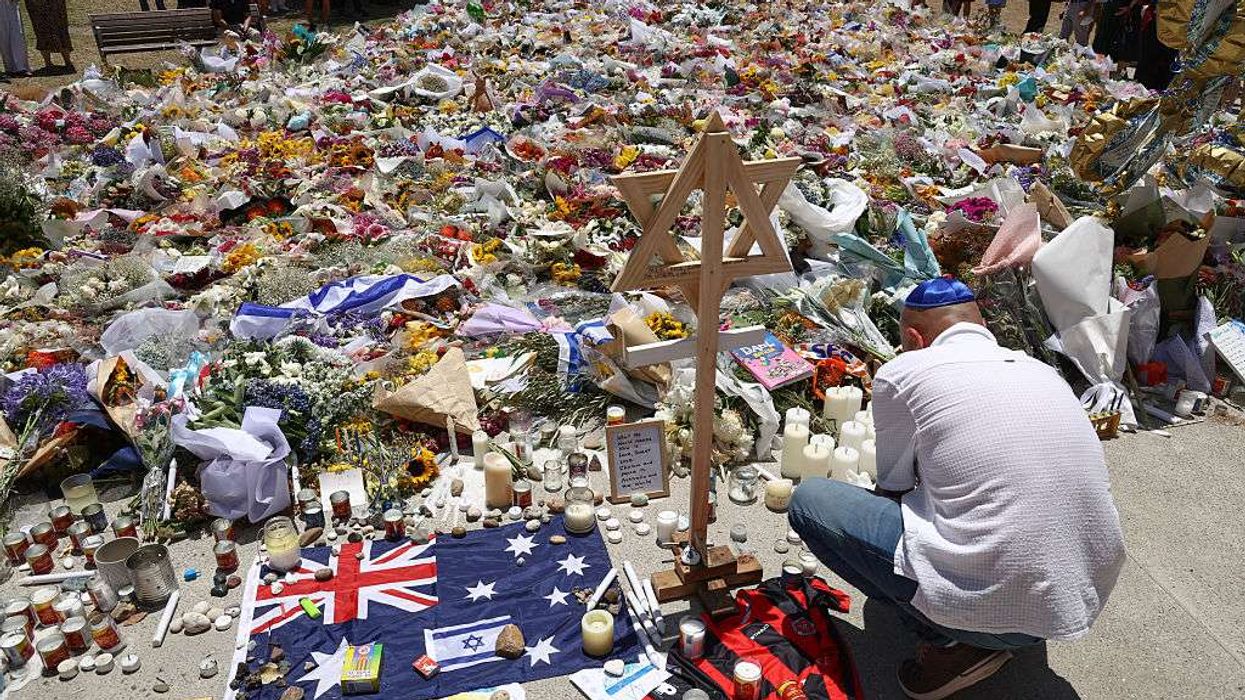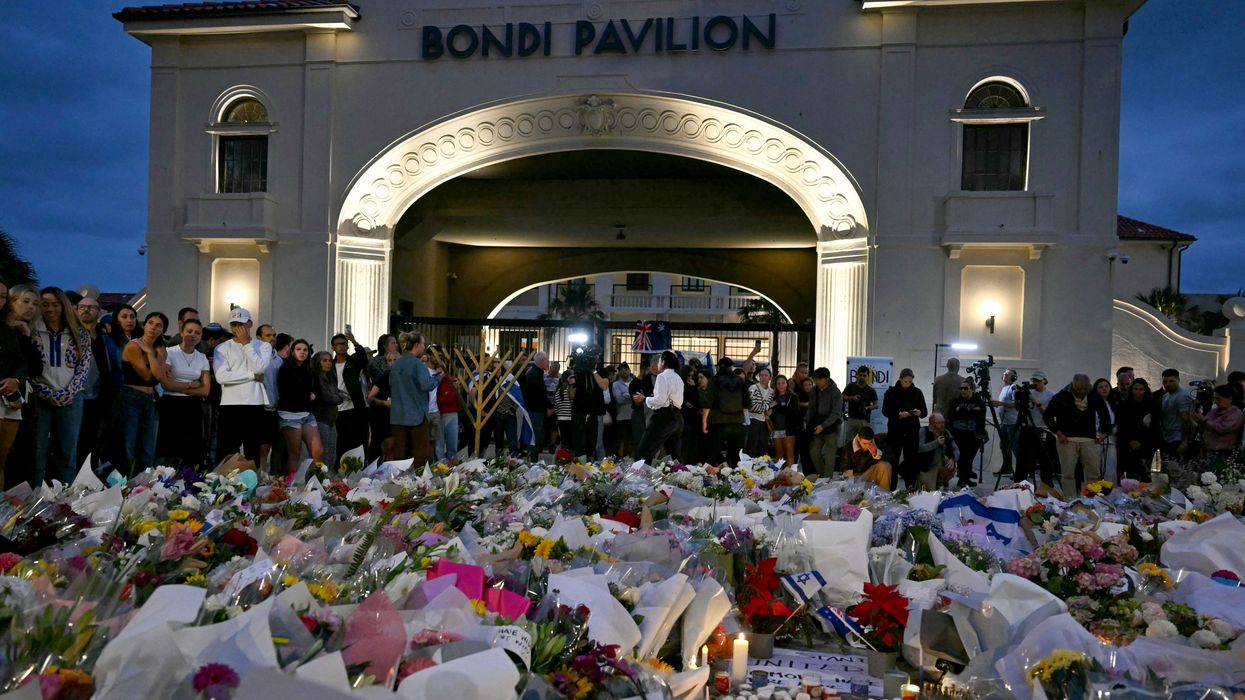PRIME MINISTER Narendra Modi has given India’s military “operational freedom” to respond to a deadly attack in Kashmir last week, a senior government source said on Tuesday (29).
Modi told defence and security chiefs in a closed-door meeting on Tuesday that the armed forces had the “complete operational freedom to decide on the mode, targets and timing of our response to the terror attack on civilians in Kashmir”, the source said.
The prime minister also said it was India’s “national resolve to deal a crushing blow to terrorism”, the source added.
They were not authorised to speak to the media, but reports of Modi’s comments matched those carried in several of India’s major newspapers.
Modi, the source added, had expressed his “complete faith and confidence in the professional abilities of the Indian armed forces”, and had given them his government’s full backing.
Officials released video images of a stern-faced Modi meeting armed forces chiefs as well as defence minister Rajnath Singh.
Indian police also issued wanted posters for three men – two Pakistanis and an Indian – who they say were members of the Pakistan-based Lashkar-eTaiba (LeT) group, a UN-designated terrorist organisation.
Anticipating military action, Kashmiris living on both sides of the de facto border – the Line of Control (LoC) – who have been caught in the barrage of shells and bullets for decades, started clearing their bunkers for shelter.
In Chakothi village, around three kilometres (two miles) from the LoC, there are around 30 bunkers for a community of 60 families overlooked by Indian army check posts atop the surrounding green mountains.
“We’ve endured cross-border firing, which has been a tough experience, and we don’t want our children to go through the same,” Riaz Awan, a 51-year-old farmer, said as he and his children cleared the bunker that had, until recently, stored straw.
Awan and his cousin Shabbir share the bunker they built in 2017, which cost them 300,000 Pakistani rupees (£796.96) – a substantial amount in their impoverished village.
The Pakistan military says about 1.5 million residents who live along the ceasefire line, have long been relying on a network of community bunkers and homemade shelters to weather the perennial bouts of unrest.
An average underground bunker is around 2.5 metres deep, 3.5 metres wide and 3.5 metres long. Those who can afford it reinforce all four sides with concrete, while others simply use mud walls.
“Our main concern is the safety of our children – protecting them is our biggest priority,” said Saleema Bibi, a 40-year-old mother of four.













